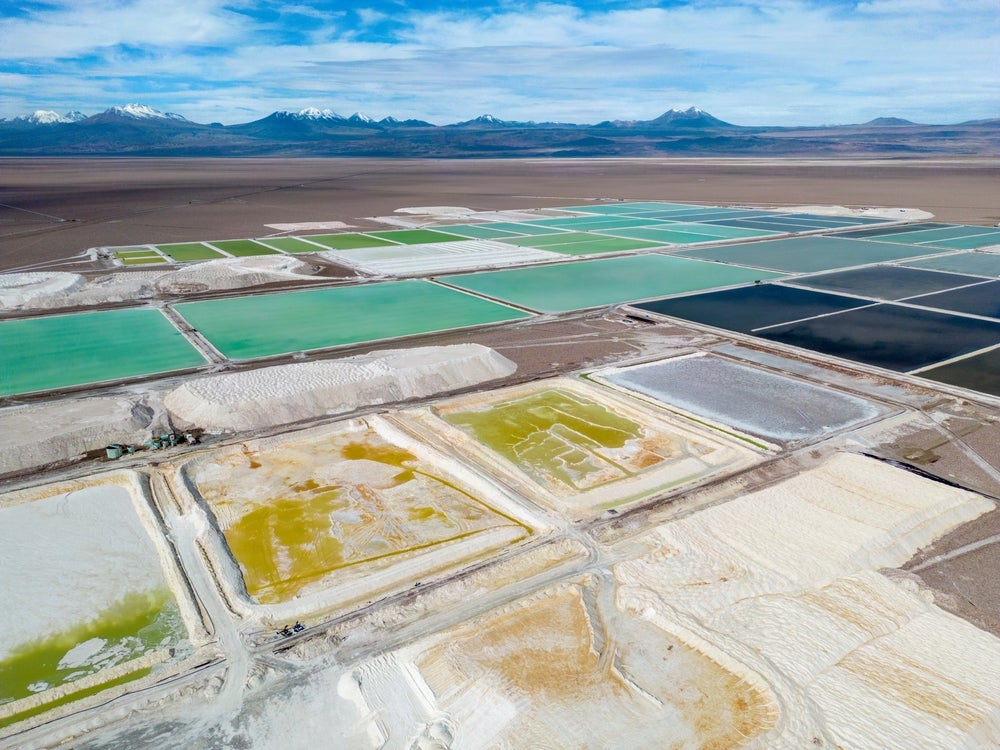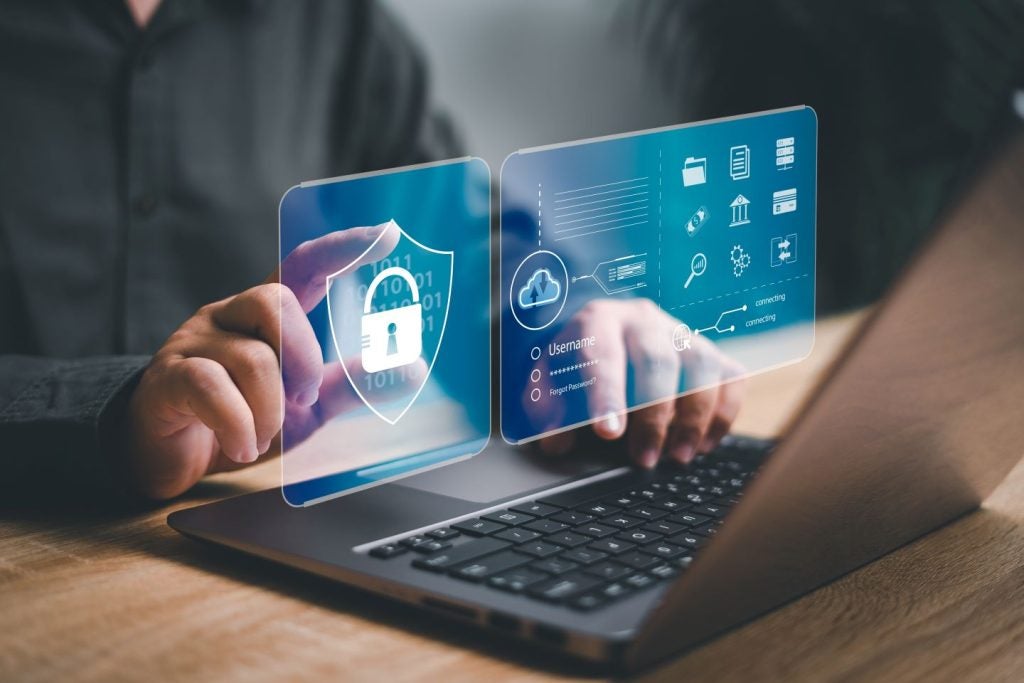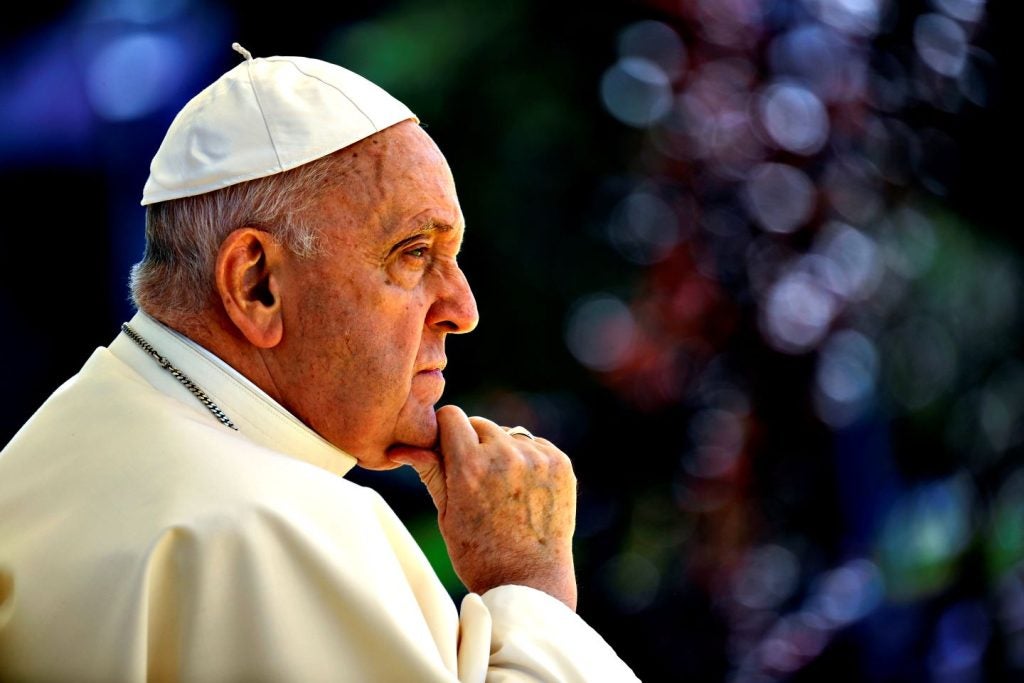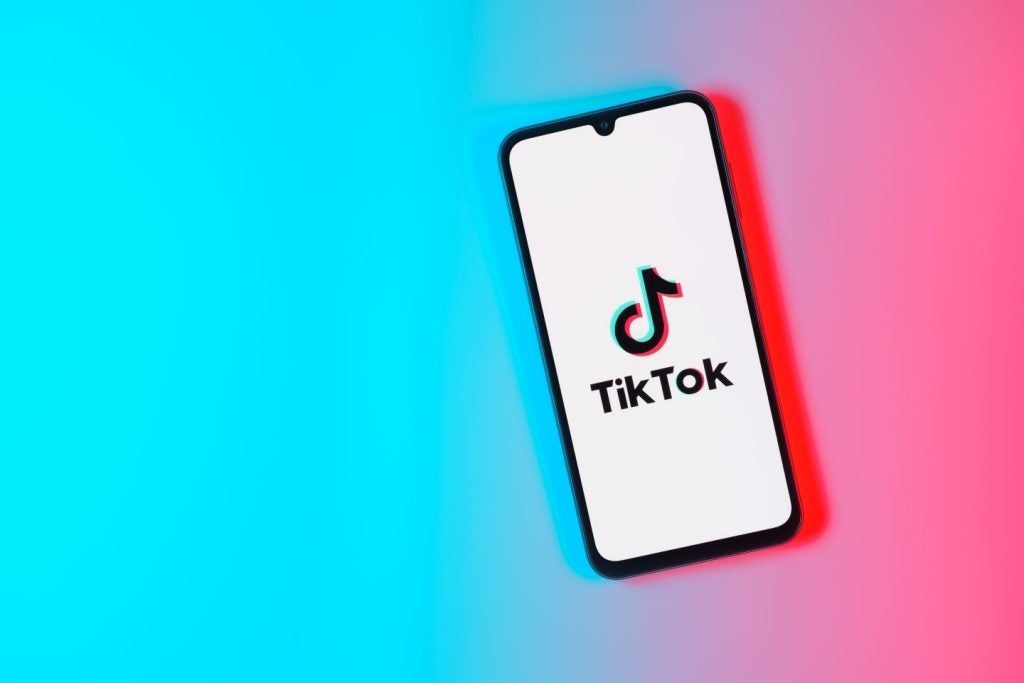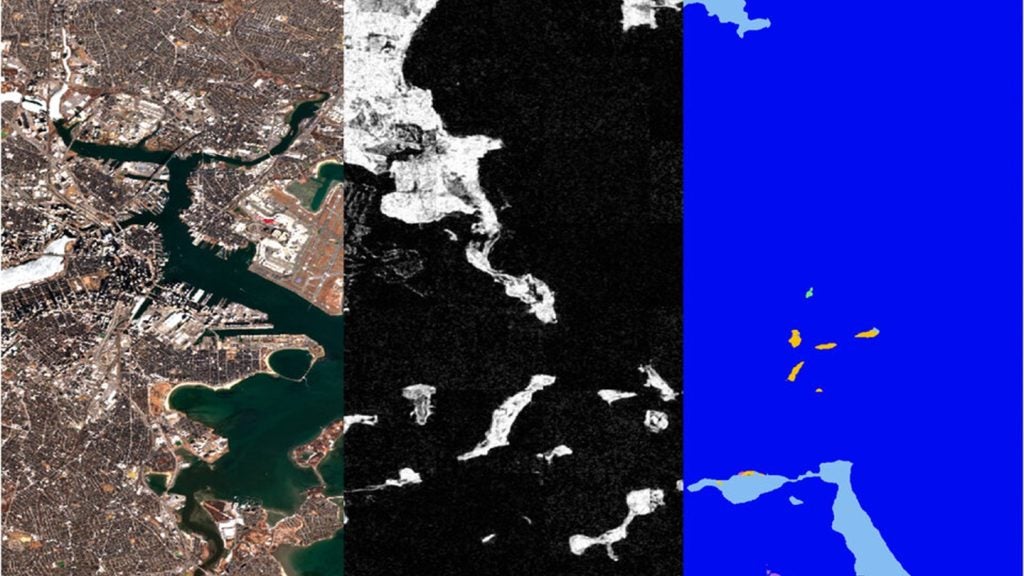The Lithium Triangle is an area between Argentina, Bolivia, and Chile, encompassing close to 60% of the world’s lithium resources.
With around 45 million tonnes lying underneath the vast salt flats between the three countries, it is shocking that the Triangle struggles to extract lithium. Lithium-ion batteries are crucial for the development of electric vehicles, especially with US President Biden announcing that he wants half (around eight million) of all cars sold in the US to be electric by 2030.
Lithium water torture
Lithium requires vast amounts of water to extract, approximately 500,000 gallons of water per ton of lithium extracted, posing serious environmental concerns given that the Lithium Triangle is one of the driest places on earth.
While Chile is the second largest producer of lithium in the world, Argentina and Bolivia have historically struggled to extract significant quantities. With production needing to increase by nine times to meet net-zero targets, the countries must find an optimal economic model to ramp up extraction.
Chile
Chile is the biggest producer of lithium in South America, which is expected given extraction began in 1984. Before 2023, lithium was only extracted through two companies: SQM and Albermale. These companies have long felt the ire of the Chilean public for a couple of reasons—aside from the fact that SQM’s principal stockholder and Chile’s ‘Lithium King’ is the son of former dictator Augusto Pinochet.

US Tariffs are shifting - will you react or anticipate?
Don’t let policy changes catch you off guard. Stay proactive with real-time data and expert analysis.
By GlobalDataFirstly, SQM and Albermale are private companies that share profits with shareholders rather than Chileans. Secondly, there has been significant environmental damage in the salt planes where lithium extraction took place. Lower water levels have resulted in the indigenous flamingo population dropping by 10% since 1983, as well as locals struggling to farm and mine. The unrest caused by these factors partially forced Gabriel Boric, the president of Chile, to all-but nationalise the lithium industry last year.
Following this announcement, stock prices of Albermale and SQM fell by 11% and 19%, respectively, despite SQM being granted mining rights in the Atacama Desert until 2060. Boric has promised to honor prior agreements with corporations, with the only viable path for future investment being through partnerships with the government. Given the lack of parliamentary finalisation and long-term outstanding contracts, it will be a while until we see the effects of nationalisation on the Chilean public and economy.
Bolivia
Bolivia is the laggard of the group yet has high aims, with President Luis Acre wanting to make lithium-ion batteries locally by 2025. Despite investing hundreds of millions of dollars into the industry, lithium extraction remains poor.
Lithium production requires specialist equipment that Bolivia cannot source locally, resulting in rushed openings of extraction plants using untested equipment. Infrastructure in the region is limited and the altitude of the salt flats further this problem. Simultaneously, according to a US geological survey, large amounts of Bolivian lithium contain magnesium, making the reserves commercially unviable.
Political instability has been rife in Bolivia. There have been more than 190 coups since the formation of the state in 1825, the most recent of which occurred in June 2024, furthering an already tense relationship with the Bolivian people.
Production is run by YLB, Bolivia’s national lithium extraction firm, and is designated as a strategic resource. This has resulted in a suboptimal foreign investment climate due to Bolivia favouring a slow but sovereign entrance to the global market.
Despite turning away Western investors, last year Bolivia signed deals with Chinese and Russian consortiums to aid investment in the salt flats. Bolivia sits on the largest reserves of lithium in the world but is unable to exploit its position due to an unfavourable investment climate and poor infrastructure.
Argentina
The most promising nation of the three to investors is Argentina, which increased its lithium production by 79% from 2023 to 2024 according to GlobalData. The recent election of Javier Milei has proven promising to businesses, as his decentralised approach has attracted investors from across the world. GlobalData forecasts that Argentina will increase its lithium production to 500,000 tons by 2030, becoming the second-largest producer of lithium in the world by 2026. Milei provides lax regulation for potential businesses, with his openness aiming to increase the amount of salt flat facilities from the current two.
More than 30 global mining conglomerates have encroached on the region, often being rewarded with contracts without consulting or notifying the Argentinian population. Transparency is a key issue in Argentina with sweeping constitutional reforms to the Jujuy province being ushered overnight behind closed doors.
These reforms modified the right to indigenous land and to demonstrate. With rising amounts of Chinese workers replacing Argentinians, and ever-present inflationary pressures, Argentina may not be as stable as investors believe.
The difference in success between the three countries lies in economics and geography. Pinochet recognised the potential of lithium extraction early on, redistributing his economic resources to maximise output regardless of the human and environmental costs. Chile also designated lithium a strategic mineral 12 years ago, pushing the nation up to the second biggest producer of lithium in the world.
Unfavourable geographic and investment climates in Argentina prevented significant industrial development, with Bolivia struggling to mobilise its large, albeit quite poor, workforce to extract the mineral. Argentina has the largest growth, Chile has a head start yet is flatlining, and Bolivia has the most untapped resources yet cannot produce.
OLEC?
Last year, Mexican president Andres Obrador suggested that an OPEC (Organisation of the Petroleum Exporting Countries) type organisation for lithium would be ideal to promote growth in the area.
With the demand for lithium increasing, a Lithium Triangle organisation with Brazil and Mexico would control 65% of the world’s lithium and 35% of current production.
However; this is unlikely as lithium isn’t like oil; it isn’t traded like a specialist product or major commodity, making it harder to standardise the price.
Higher lithium prices will make it viable for other countries to develop lithium deposits that were previously too expensive. Chile’s nationalisation and Bolivia’s perpetual struggles to mobilise its reserves, combined with Argentina’s political and economic instability, show that the Lithium Triangle is a region rife with issues yet an area that will determine the future of humanity.
These countries must find stability and a way to efficiently extract lithium if we are to meet climate targets.


